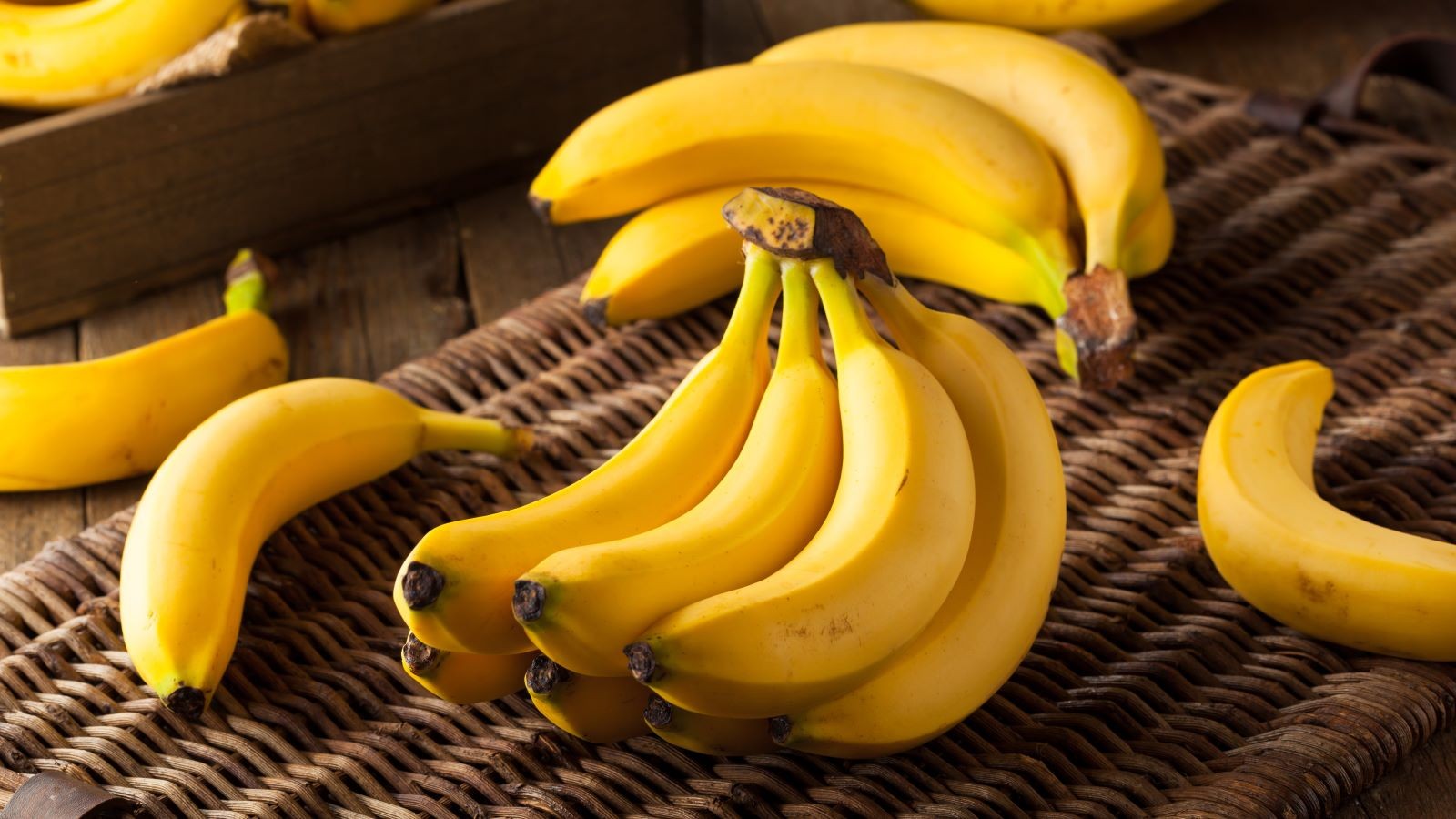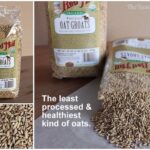Feeling nauseous is an unpleasant experience. When waves of sickness hit, food is probably the last thing on your mind. However, eating the right foods can actually help you feel better and recover faster.
According to Emily Lewis, DCN, RD, a registered dietitian at Hartford HealthCare, nausea often signals an underlying issue like a stomach bug, digestive problems, or morning sickness during pregnancy. Regardless of the cause, your body needs energy to function and fight off illness, making it essential to eat even when you’re experiencing nausea.
Here’s a guide to the best foods to eat when you’re nauseous, and what you should avoid to help settle your stomach.
Top 6 Foods to Soothe Nausea
The key when you’re nauseous is to choose foods that are easy to digest and have mild aromas. Interestingly, cold foods often have less intense smells than hot foods, which can be beneficial when your senses are heightened by nausea.
Consider these gentle food options:
- Toast: Plain, dry toast is a classic remedy for nausea. It’s bland and easy on the stomach, helping to absorb stomach acids.
- Mashed Potatoes: Smooth, plain mashed potatoes are another easily digestible option. They provide carbohydrates for energy without being heavy or irritating.
- Plain Rice or Noodles: Simple carbohydrates like plain white rice or noodles are gentle on your digestive system and provide necessary calories when you’re feeling unwell.
- Bananas: Bananas are part of the BRAT diet (Bananas, Rice, Applesauce, Toast) and are a good source of potassium, which can be depleted if you’ve been vomiting. They are also soft and easy to eat.
- Lean Protein: Protein is crucial for recovery. Opt for lean sources like low-fat Greek yogurt, plain chicken or turkey, or protein shakes. These are easier to digest than fatty meats and provide essential nutrients.
- Mild Fruits and Vegetables: Certain fruits and vegetables are well-tolerated when nauseous. Sweet potatoes and pears, cooked or in their mildest form, can offer vitamins and minerals without causing further stomach upset.
 A variety of bland foods recommended for nausea including toast, bananas, rice, and mashed potatoes.
A variety of bland foods recommended for nausea including toast, bananas, rice, and mashed potatoes.
The BRAT diet, a familiar recommendation for many parents dealing with children’s stomach issues, can also be effective for adults experiencing nausea. Remember to include protein sources alongside these bland carbohydrates for better recovery, as suggested by Lewis. Portion control is also important.
“Eating small meals every one to two hours, rather than consuming three larger meals, can help manage nausea by preventing your stomach from becoming overly full,” Lewis advises.
3 Foods to Avoid When You’re Nauseous
Certain types of food can worsen nausea because they are harder to digest, stay in your stomach longer, or can irritate your digestive system.
To be kind to your stomach, avoid these foods when you’re feeling nauseous:
- Fried Foods: Fried and greasy foods are high in fat, which takes longer to digest and can exacerbate nausea.
- High-Fat Dairy Products: Full-fat dairy items can also be difficult to digest and may increase feelings of nausea. Opt for low-fat or non-dairy alternatives if you want dairy.
- Spicy Foods: Spicy foods can irritate your stomach lining and worsen nausea symptoms. Stick to bland and mild flavors until you feel better.
Stay Hydrated: Sip Slowly and Steadily
Staying hydrated is just as vital as eating the right foods when you are nauseous. Dehydration can worsen nausea and slow down recovery. However, gulping down large amounts of liquid can also trigger nausea.
Sip small amounts of fluids throughout the day. Good choices for hydration include:
- Water
- Clear broth
- Ginger tea
- Peppermint tea
Ginger and peppermint teas have the added benefit of potentially soothing the stomach.
By choosing the right foods and staying hydrated, you can gently support your body and ease nausea, helping you on the path to recovery.
